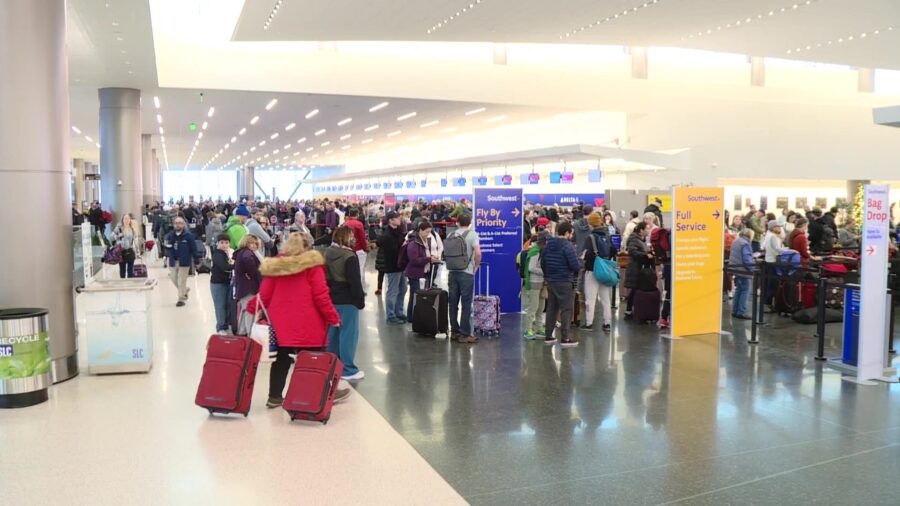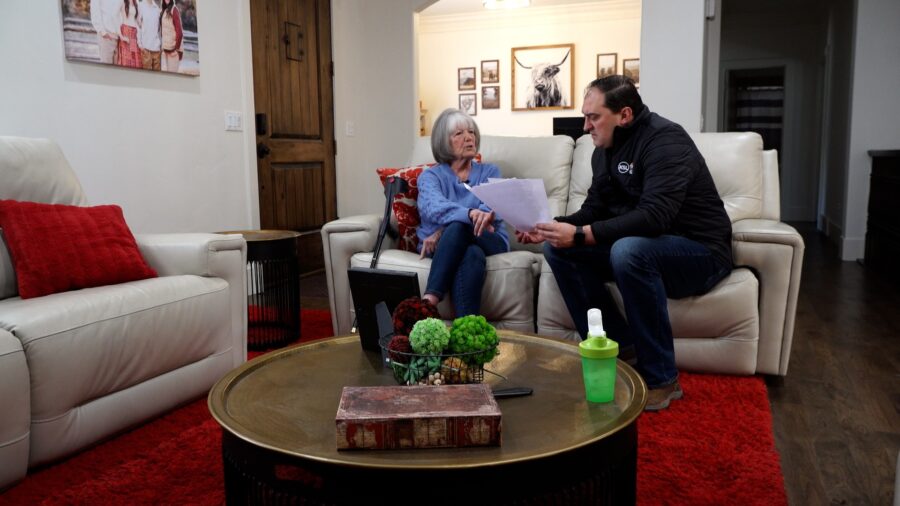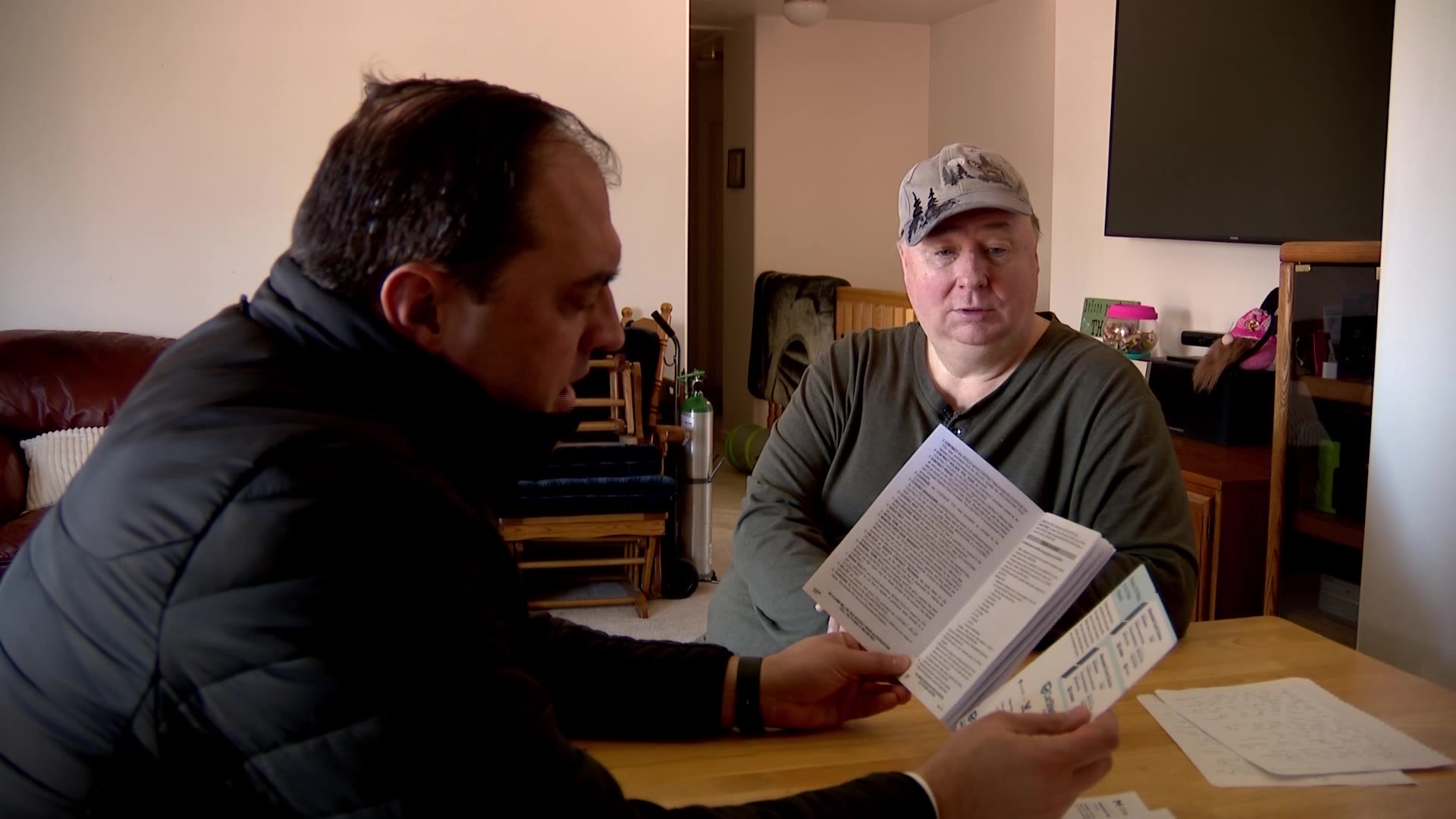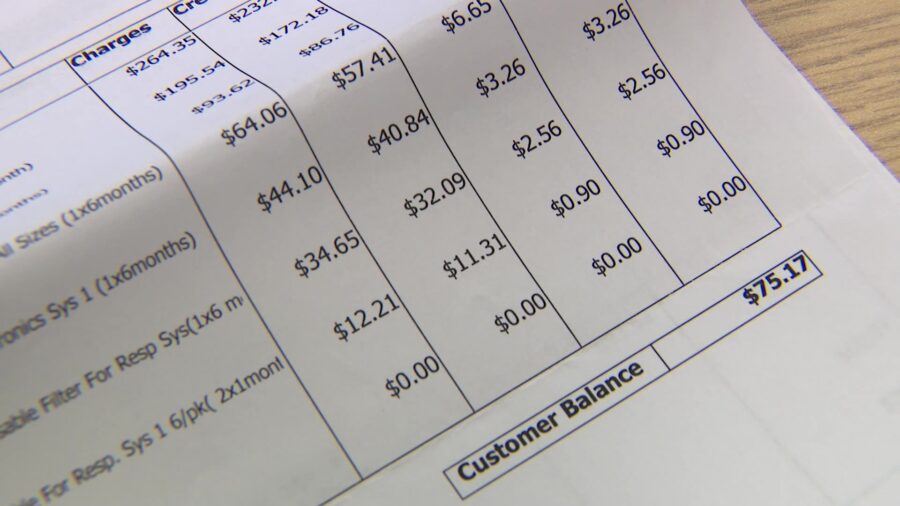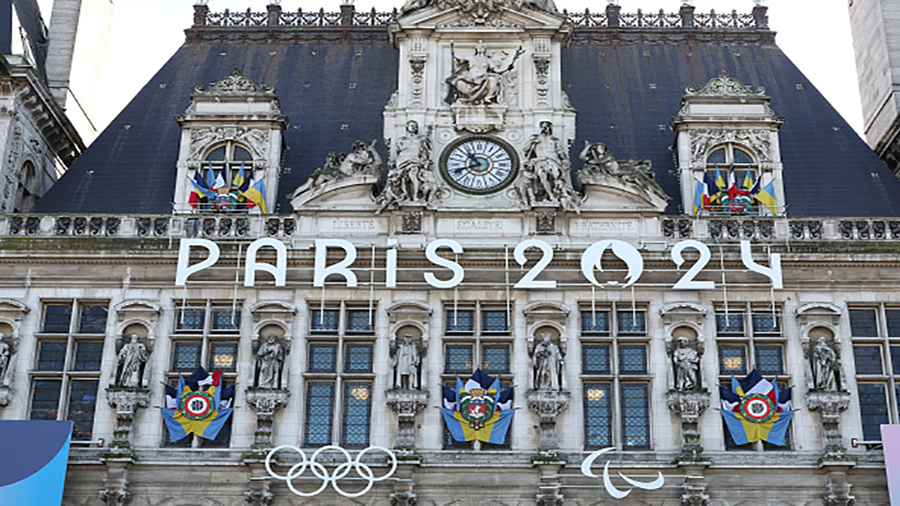Gephardt Busts Inflation: ‘Shrinkflation’ emerges as prices climb
May 17, 2022, 6:13 PM | Updated: 8:17 pm
SALT LAKE CITY — You have seen supermarket prices shoot up over the last several months, but does it also seem like the packaging is shrinking?
It is not your imagination. It is called shrinkflation – getting less product but paying the same price.
Finding examples of shrinkflation is not hard. Frustrated shoppers have posted tons of examples.
On Twitter, we found this post pointing out that Nescafe shrank its can of Azera ground coffee by 10%.
Two coffees from #Nescafe one has 10 percent less than the other. Same price, bought a few months apart #shrinkflation pic.twitter.com/NGHrbCnMEL
— Helen Moat (@HMoat) April 28, 2022
Also, this shopper found they are paying the same for 50 milliliters less of shampoo.
Old and New shampoo. Same brand, identical size bottle. Old one is 500ml, new is 450.#shrinkflation pic.twitter.com/6IqLW892el
— Alec (@agent006) November 26, 2019
And this poster discovered Huggies shrank its packaging by 12 diapers – a move that doesn’t make for happy parents. Even toilet paper is not immune to shrinkflation.
Hey @Huggies why would you think parents need FEWER diapers and pay the same price?
Pirates!#Shrinkflation pic.twitter.com/n1IOCWrABR— rick obermeyer (@ObermeyerRick) May 12, 2022
Same goes for sports drinks.
“The 32-ounce bottle of Gatorade is just in the process right now of going down to 28,” said Edgar Dworsky of the consumer advocacy website, Consumer World. “It (the new bottle) has a waistline to it, so they tapered it in the middle. That’s how they lopped off four ounces.”
Dworsky said he has tracked shrinkflation for over 30 years.
“In times of inflation manufacturers are under pressure, their bottom line is being pressed and they’re looking for ways to offset their increased costs of production (and) the increased costs of getting goods to the store,” he explained.
To offset those rising costs, Dworsky said manufacturers can raise prices directly or they can shrink the product a little. Sometimes, they do both. With shrinkflation the actual downsizing is often done so consumers barely notice it. It is sneaky, but not illegal.
“They’re complying with the rules that say you got to put the net weight or net count on the package,” he said.
So, how do we bust shrinkflation? Dworsky said we must actually read the labels and figure out the price per ounce, per gram, or per unit inside the packaging. That allows us to compare prices of one item to another on an apples-to-apples basis – or the price of one brand to another or to compare different sizes.
“That’s kind of the great equalizer.”
So, what happens when inflation finally subsides? Dworsky said do not expect manufacturers to switch back to their bigger size. If they do bring back the larger size, he said companies often slap the larger sized product with a new label that says “party size” or something like that.



